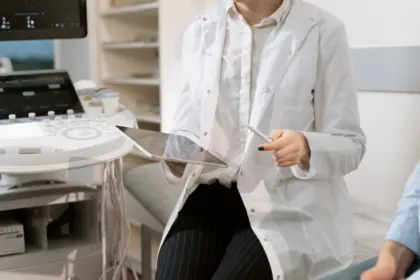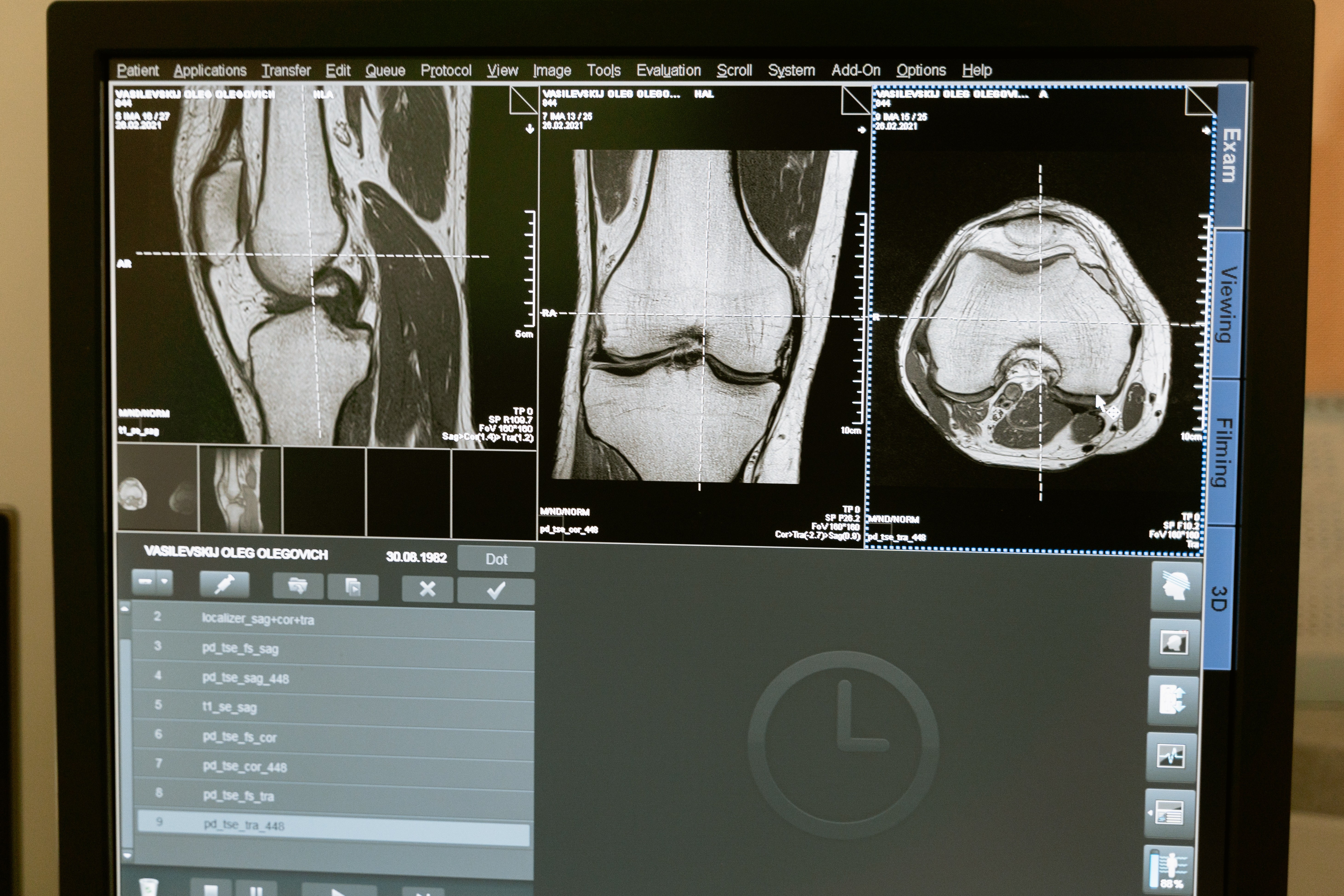7 Examples of Software as a Medical Device (SaMD)

Software as a medical device is a relatively new and revolutionary tool in healthcare. It can collect massive amounts of data much faster than traditional means and perform complex medical manipulations like diagnosing, clinical management, and suggesting treatments. If you’re interested in learning more about the basics of SaMD, read our previous article “What is Software as a Medical Device?”
With all that being said, what are some real world applications for SaMD?
Examples of medical devices that are NOT SaMD
Before we jump into the examples of SaMD, let’s take a look at some examples of software which may seem like SaMD, but are actually not.
- Software that controls the motor in an infusion pump. This software is actually embedded in the medical hardware device and does not act as a medical device on its own. The same goes for any software embedded into a hardware device.
- Software that does not have a true medical purpose but still may rely on data from a medical device. A real world example would be software that encrypts data from a medical device before it is transmitted elsewhere.
- Software that analyzes and monitors the performance or functioning of a medical device. This software notifies technicians when it’s time to service or replace the device. Like the previous example, this software does not have a true medical purpose.
In order for software to be considered a medical device, it needs to meet specific criteria set by the FDA. Read our post “What are the 4 Risk Categories of SaMDs?” for more information.

Examples of software as a medical device
- Software that allows a healthcare professional to view images from an MRI machine on a smartphone, for diagnostic purposes.
- CAD (computer-aided detection) software that performs image post-processing and analysis to help detect tumors or breast cancer. In this example, the software uses an algorithm to analyze large amounts of data.
- Software which is connected to a hardware medical device, but the hardware isn’t required for the software device to achieve its intended medical purpose. SaMD often uses data from other devices, but analyzes the data on its own.
- Software that collects a large amount of data from multiple sources (x-rays, scans, etc.) and transforms that data into 3D models. These models can then be used by doctors for diagnosing or developing a treatment plan.
- Software that collects and analyzes data, then uses an algorithm to develop a treatment plan for a specific condition or illness.
- Software that collects data from multiple sources and allows healthcare professionals to view the data in real time from a remote location.
- Software that analyzes images from a scope camera and then displays information like vessels to avoid on screen for guiding surgeons during surgery.
Software in the healthcare industry continues to make huge strides year over year. The great thing about SaMD is that the more of it that’s being used, the more advanced future software will become. SaMD has already made an impact in patient care, earlier diagnosis, and quicker recovery time. We’re excited to see what the future holds for software in the medical sector.
